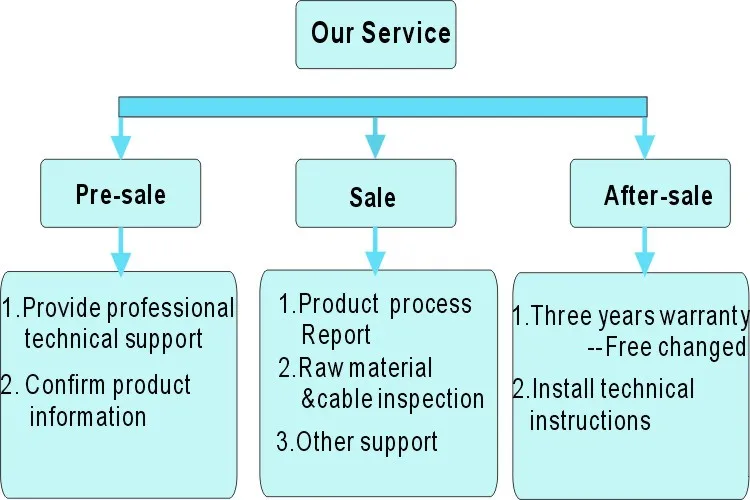Rewrite: "Unlocking Financial Flexibility: How Systems and Services Technologies Revolutionize Loan Payments"
Description:In the ever-evolving landscape of financial services, the integration of advanced systems and services technologies into loan payment processes……
Description:
In the ever-evolving landscape of financial services, the integration of advanced systems and services technologies into loan payment processes has emerged as a transformative force. This evolution not only streamlines operations but also significantly enhances financial flexibility for both consumers and service providers. By delving into the intricacies of these technologies, we can uncover the myriad ways in which they revolutionize loan payments, ushering in an era of efficient, secure, and adaptable financial solutions.
Systems and services technologies have become the cornerstone of modern loan payment ecosystems. These technologies encompass a broad spectrum of innovations, from artificial intelligence (AI) and machine learning algorithms to blockchain and Internet of Things (IoT) devices. Each of these technologies plays a pivotal role in optimizing loan payment processes, making them more efficient, transparent, and user-friendly.

One of the most significant impacts of these technologies is the automation of loan processing. AI-driven systems can analyze vast amounts of data to assess loan applications, creditworthiness, and risk factors. By leveraging advanced algorithms, these systems can make instantaneous decisions, significantly reducing processing times and increasing the accuracy of loan approvals. This automation not only enhances the speed of loan disbursement but also reduces the burden on human resources, allowing financial institutions to allocate their efforts towards more strategic initiatives.
Moreover, blockchain technology has introduced a new level of security and transparency in loan payments. This decentralized ledger technology ensures that all transactions are recorded in a secure, immutable manner, eliminating the risk of fraud and errors. By providing a transparent and traceable record of all loan transactions, blockchain enables consumers to have greater control over their financial information and reduces the likelihood of disputes and misunderstandings. This enhanced security and transparency not only protect the interests of consumers but also build trust in the financial system.

In addition to automation and security, systems and services technologies have also introduced innovative payment mechanisms, such as digital wallets and mobile payments. These technologies enable consumers to make loan payments through their smartphones or digital wallets, providing a convenient and seamless payment experience. Furthermore, these technologies facilitate real-time tracking and management of loan payments, allowing consumers to monitor their financial obligations more effectively. This level of financial flexibility empowers consumers to manage their debt more responsibly and make informed decisions about their financial future.
For financial service providers, the adoption of these technologies offers numerous benefits. Firstly, it enhances operational efficiency by reducing manual processes and minimizing errors. Secondly, it allows for personalized customer experiences through targeted marketing and tailored financial advice. Lastly, it opens up new revenue streams through the development of innovative financial products and services, such as peer-to-peer lending platforms and micro-loan services.

In conclusion, the integration of systems and services technologies into loan payment processes represents a significant leap forward in the realm of financial services. By automating loan processing, enhancing security and transparency, and introducing innovative payment mechanisms, these technologies have revolutionized the way loan payments are managed. As a result, consumers and financial service providers alike stand to benefit from increased financial flexibility, efficiency, and security. As we continue to explore the vast potential of these technologies, the future of loan payments looks brighter and more promising than ever before.